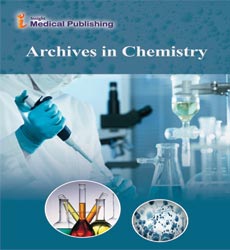Synthesis and characterization of cationic amphiphilic five-membered heterocyclic compounds for gene transfection
Abstract
Liposomes and other types of nanoparticles have been extensively studied as innovative materials for transmembrane delivery of DNA, RNA and drugs. The use of nanoaggregates formed by lipids and/or their synthetic analogues in medicine can also significantly improve the effects of well-known drugs and improve bioavailability of the drugs. Previous studies showed that 1,4-dihydropyridine (1,4-DHP) derivative (figure 1) act as a gene transfection agent and possess higher gene transfection activity compared to well-known liposomal and polymer gene delivery agents. Now our focus is on role of the linker between hydrophilic and lipophilic parts. Sixmembered 1,4-DHP was replaced with five-membered heterocycles: pyrrole, thiophene and furan and their opened analogues (figure 2). Preliminary data shows that five-membered heterocycles could also be used as gene transfection agents and that opened analogues are less active than heterocyclic systems. This leads us to more extensive studies of “closed” linkers. More over their physico-chemical characterization was performed: self-assembling properties and studies of formed nano-particles.
Open Access Journals
- Aquaculture & Veterinary Science
- Chemistry & Chemical Sciences
- Clinical Sciences
- Engineering
- General Science
- Genetics & Molecular Biology
- Health Care & Nursing
- Immunology & Microbiology
- Materials Science
- Mathematics & Physics
- Medical Sciences
- Neurology & Psychiatry
- Oncology & Cancer Science
- Pharmaceutical Sciences
